With about 17 million international visitors and 120 million domestic visitors, Vietnamese tourism in 2024 has made efforts to recover as before the pandemic and accelerate the race in the region.
"Increasing from 12.6 million international visitors last year to 17.5 million this year is a significant effort by the tourism industry," said Nguyen Van My, Chairman of Lua Viet Travel Company. In addition to tourism promotion campaigns to the world , this year localities have continuously organized a series of events and festivals to attract tourists. The way of organizing large-scale, systematic and more attractive events shows that Vietnamese people are gradually becoming more aware of attracting international visitors.
"2024 is a successful year for the industry. Recovery to near pre-pandemic levels shows Vietnam's competitiveness and attractiveness," said Pham Hai Quynh, Director of the Asian Tourism Development Institute.
One of the reasons for the strong growth in international tourist arrivals, according to Mr. Quynh, is that the government has opened its doors to international tourism; tourism promotion has been stepped up. Infrastructure, hotels, and tourism services have been improved, helping visitors enhance their experiences. Vietnam has also promoted many types of tourism that attract visitors such as sea, eco, cultural, culinary , and MICE tourism. MICE is one of the types that has flourished this year, with a typical example being the group of 4,500 Indian tourists who visited Vietnam in August.
From August 15, 2023, Vietnam will increase the temporary stay period from 15 to 45 days for citizens of 13 countries with unilateral visa exemptions as well as apply electronic visas (e-visas) to citizens of all countries and territories at 13 airports, 13 seaports and 16 land border gates; the temporary stay period will be increased from 30 days to 90 days and the visa will be valid for multiple entries.
"My sister booked a tour to Vietnam right after the information about extending the temporary stay to 45 days was officially announced. She will be in Ha Giang in February 2025, when the peach blossoms are in full bloom," said Maria Sanchez, a Spanish tourist traveling in Vietnam. Many of her friends also turned to Vietnam in 2025, after the visa relaxation policy took effect in August.
"Guests say the 45-day stay is great, they can travel more, stay longer in each place, instead of just going around looking at flowers like when it was 15 days," said Nguyen Ba Thang, a tour guide specializing in the Spanish market, living in Ho Chi Minh City.
Vice Chairman of the Hanoi Tourism Association Nguyen Tien Dat said that the success of the tourism industry this year is partly due to the large contribution of visitors from mainland China, Taiwan and South Korea. The number of visitors from these three markets in the first 11 months of the year reached about 8.6 million, accounting for 54% of the international tourist market share. In addition, Vietnam's major growth driver this year also comes from European visitors, especially countries that enjoy unilateral visa relaxation and exemption policies such as Italy, France and the UK.
"Vietnam tourism is gradually becoming more systematic" is the assessment of Mr. Vu Van Tuyen, Director of Travelogy Tourism Company. Previously, Vietnam tourism did not have many products to attract tourists. The products often overlapped and were similar, with no difference. But this year, everything has changed. Many places have unique tourism products, stimulating visitors to stay longer, instead of 7-10 days, visitors stay 3-4 weeks.
"This year, Hanoi has expanded its night tourism products, not only in the city center but also in the suburbs, allowing visitors to stay for a week or two without getting bored," said Mr. Tuyen.
Experts also highly appreciate the number of domestic tourists in Vietnam, estimated to welcome 120 million by the end of this year; an increase of 13% compared to 106 million last year and 1.5 times higher than the 80 million in 2019. In particular, this number is even more meaningful in the context of high airfares during the first 9 months of this year.
"Vietnamese consumers are now very smart consumers," Mr. Dat explained, explaining that despite the high cost of airfares, the number of tourists has not decreased. Many people have chosen to travel close to home by car or train or fly at bad times to save money. Many of them even travel 2-3 times a year.
"If the plane tickets are expensive, we choose to travel during the low season. During the peak summer season, the family chooses to take the train from Hanoi to Hue or Da Nang or choose a nearby place that can be driven, the cost is much more affordable," said Nguyen Ngoc Lan Anh, 30 years old, about her plan to travel three times a year.
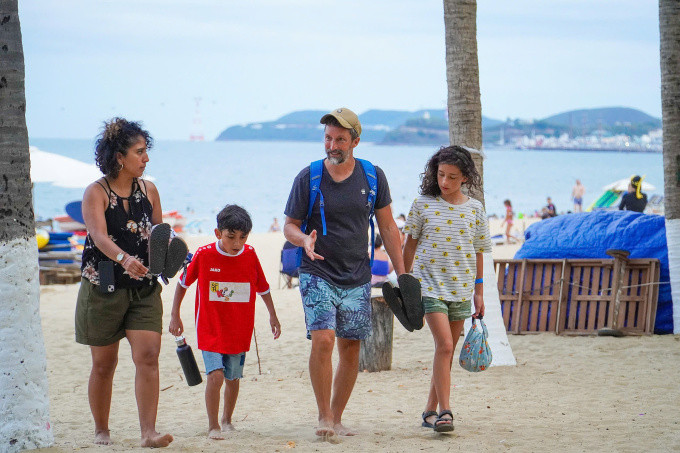
Experts say this year tourist hotspots have also introduced many stimulus policies such as reducing room rates. Khanh Hoa is an example of the success of the tourism industry this year, when the number of international and domestic visitors has increased. to reach the finish line before the end of the year. To achieve this achievement, the province not only promoted bilateral tourism but also opened more direct flights, targeting large tourist groups such as Korea.
Khanh Hoa in general and Nha Trang in particular are highly appreciated by tourists for their delicious cuisine, beautiful beaches without overcharging, cheap hotel room prices and abundant supply. Many of Mr. My's company's customers who went to Nha Trang were very satisfied. "Nha Trang people say that here, they only charge that price. Tourists are surprised and have a very good impression of this place," Mr. My said.
The sharp increase in airfares this year is a pity for the tourism industry. If airfares had been the same as in previous years, the number of domestic tourists would have increased even more and Vietnam tourism would not have lost a large number of tourists who would have chosen to travel internationally instead.
Many experts believe that to bring ticket prices back to the same level as in previous years, airlines should proactively reduce prices. "It is necessary to restructure airlines, streamline the apparatus, and reduce fixed costs. Thus, reducing airfares is no longer a problem," said Mr. Dat.
Lack of quality human resources is also something that CEOs of many travel companies hope to overcome in the coming year. In addition to the lack of guides who speak rare languages such as Spanish, Spanish, Portuguese, the industry is also facing a shortage of good tour guides.
In addition, experts also hope that industry officials will conduct more research on the number of days guests stay, the amount of money guests spend, and the preferences of each customer market to have a long-term tourism development orientation.
Statistics from the National Tourism Administration on November 6 showed that in the first 11 months of the year, South Korea was the largest customer base, followed by mainland China, India, the US, Japan, and Australia. However, in addition to statistics on the number of visitors, the Vietnamese tourism industry does not have much other detailed data such as spending and accommodation.
Mr. Dat rated Vietnam's visa policy for the international tourist market as "very good". However, he still hopes that the government will expand the list of unilateral visa exemptions, especially targeting large tourist markets to Vietnam as well as overcoming air pollution in Hanoi. "Visitors from many countries with clean environments will never return if they go to polluted places," he said.
Experts also expressed their wish that Vietnam "not resting on our laurels" this year. Chairman of Lua Viet Tours Nguyen Van My said that not only is Vietnam's tourism industry accelerating, but many countries are also accelerating and growing faster. While Vietnam is "near recovery", Malaysia has recovered since 2023 with 28 million arrivals.
The Chairman of Lua Viet believes that the figure of 17 million is not necessarily a measure of the industry's success, especially when compared to other countries in the region. Singapore is estimated to welcome 15-16 million visitors, less than Vietnam, but this country is small, 700 km2 and only 100 km2 larger than Phu Quoc Island. Thailand in 2024 is estimated to welcome 36 million international visitors, with a population of nearly 72 million people - equivalent to two Thais welcoming one visitor. Thus, if compared in the above form, the Vietnamese tourism industry needs to set a target of welcoming 50 million visitors, out of a total population of more than 100 million people.
"We run, other countries run faster," said the American.
Source


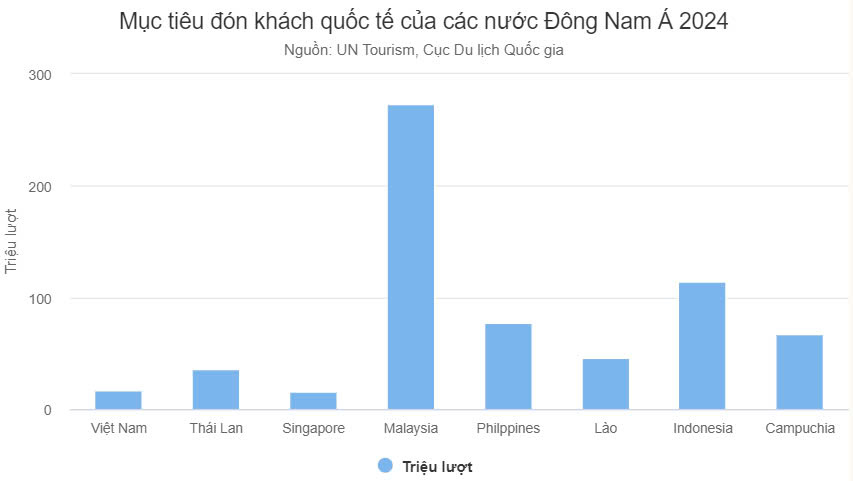
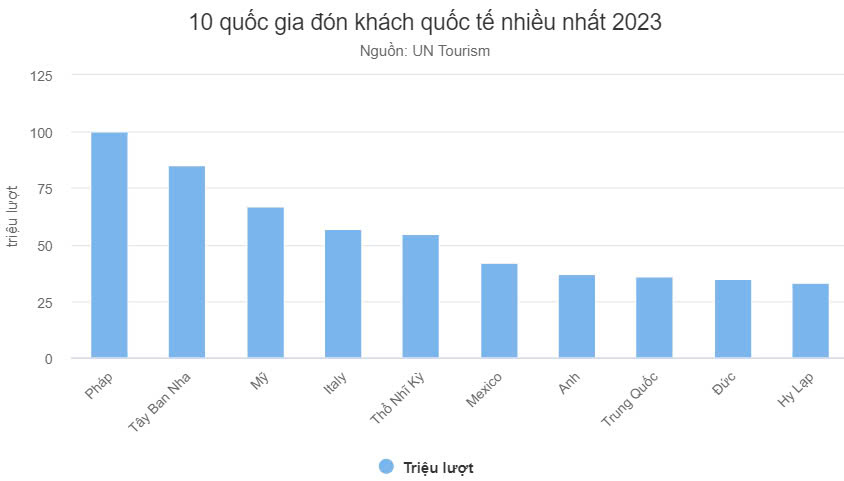
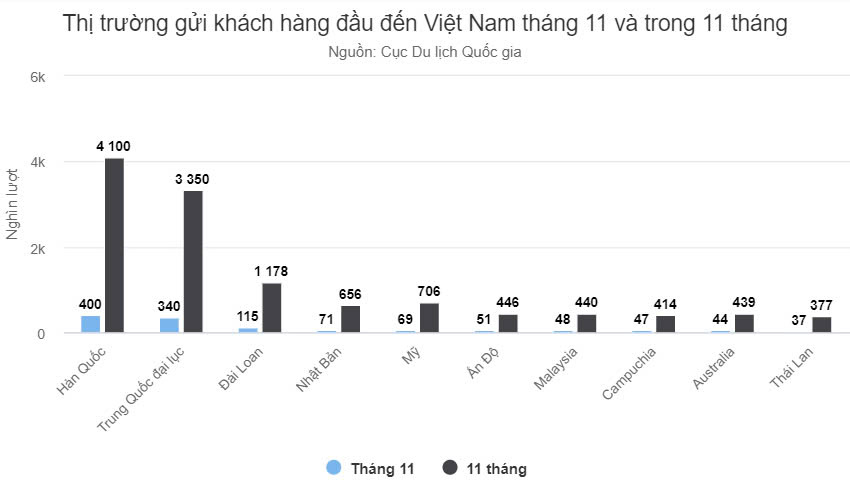


![[Photo] Deep sea sand deposits, ancient wooden ship An Bang faces the risk of being buried again](https://vphoto.vietnam.vn/thumb/1200x675/vietnam/resource/IMAGE/2025/11/13/1763033175715_ndo_br_thuyen-1-jpg.webp)
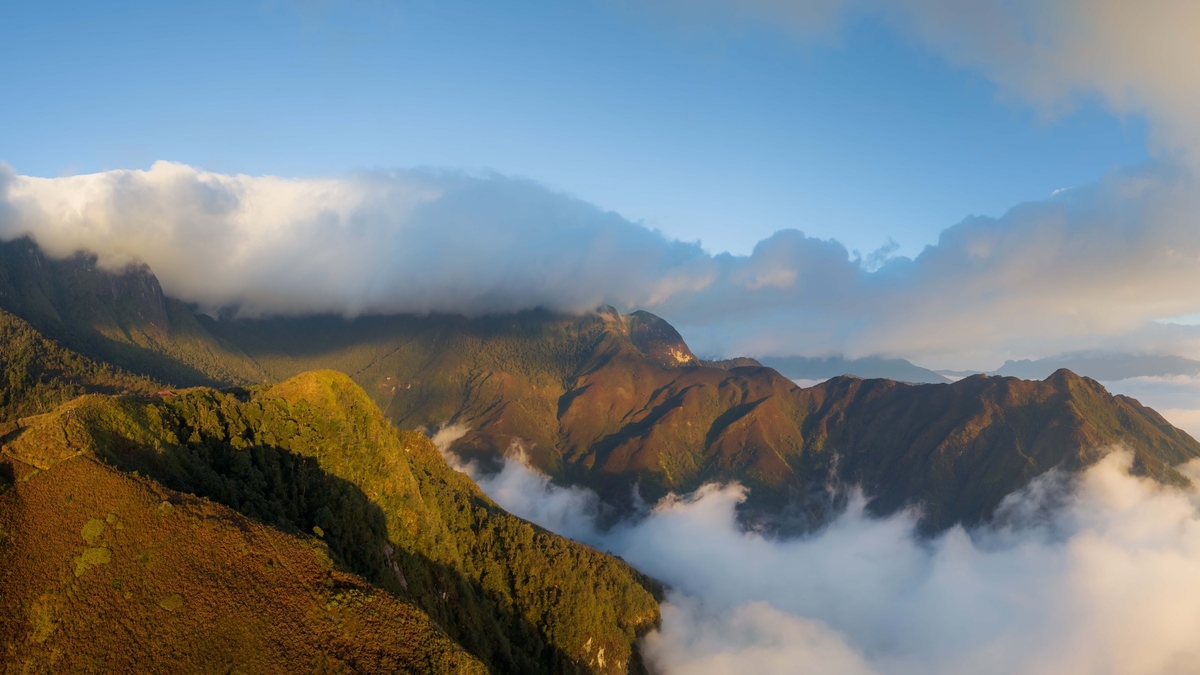




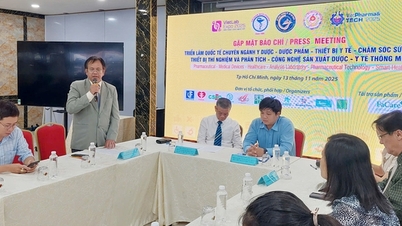













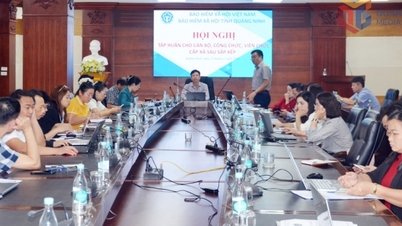

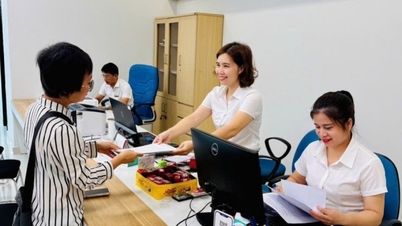
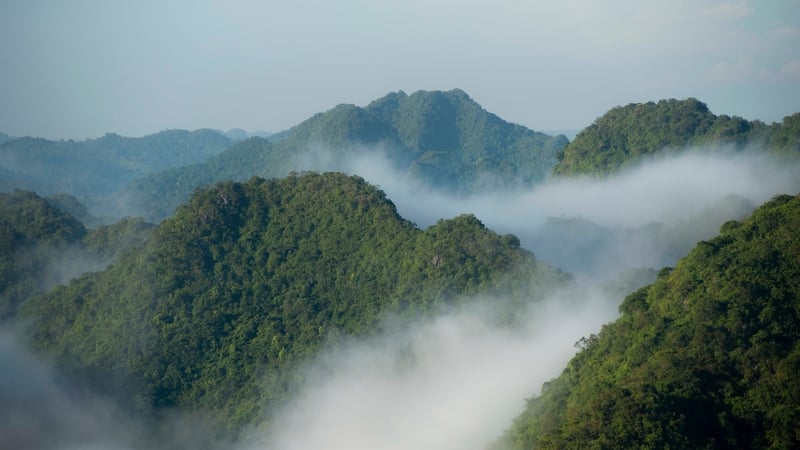



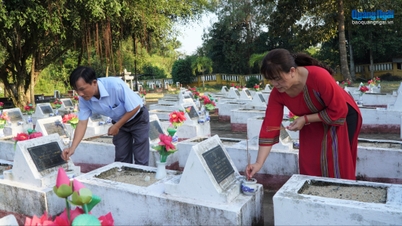
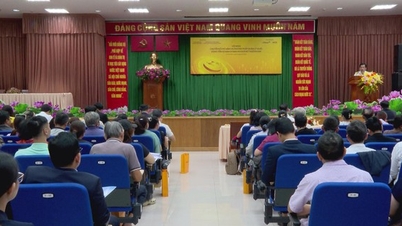
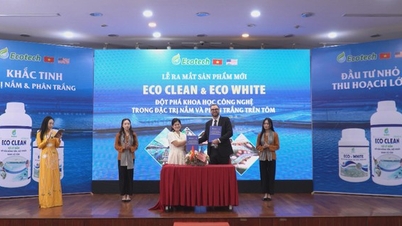

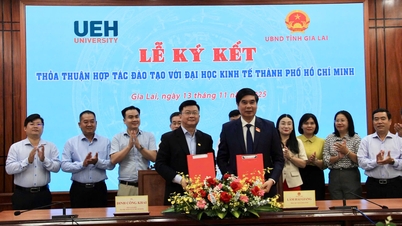
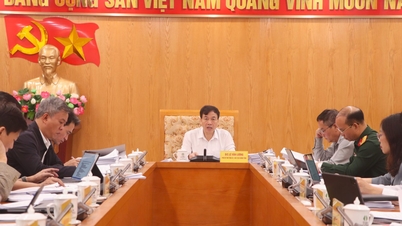


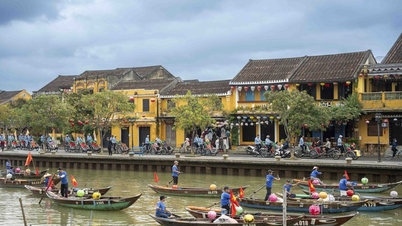







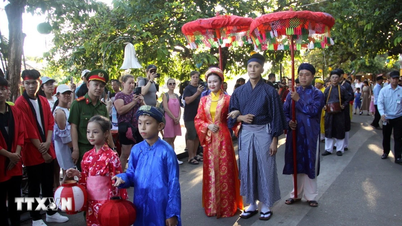

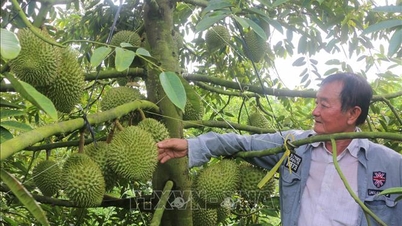
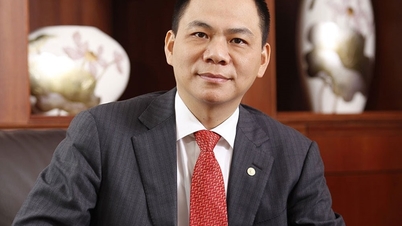




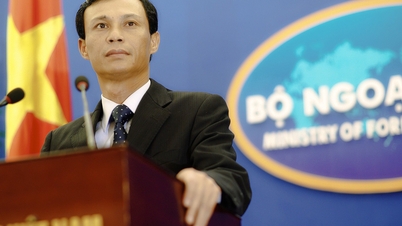







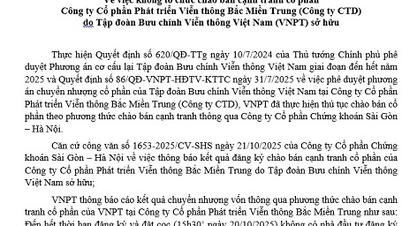






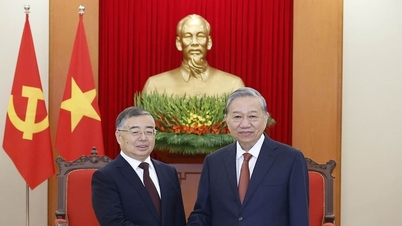



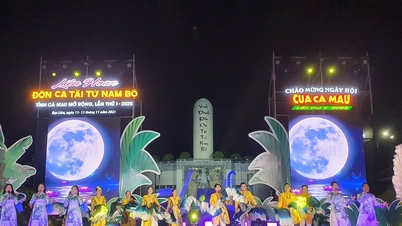



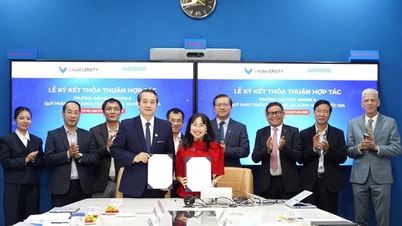

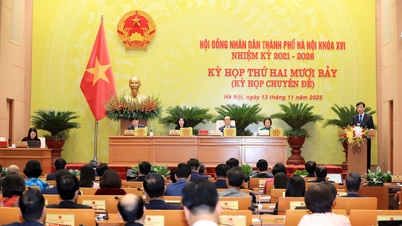

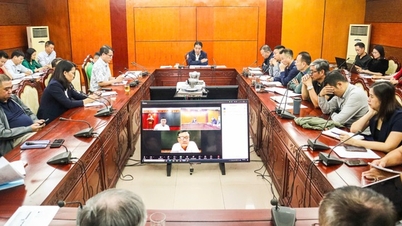
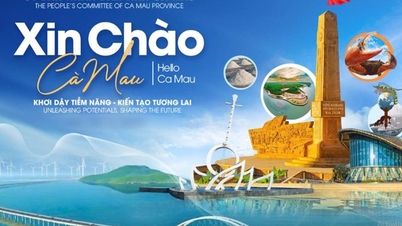
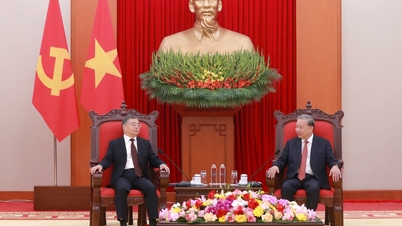




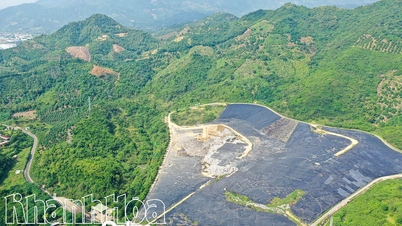
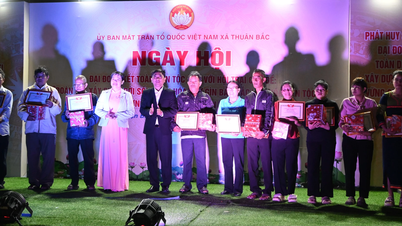
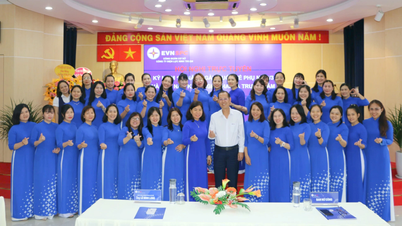
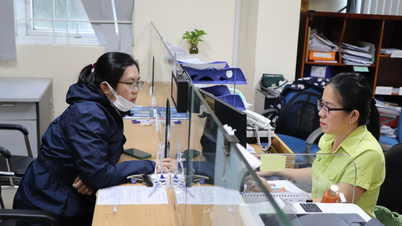
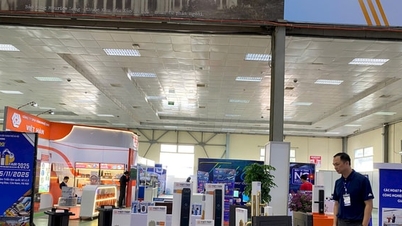

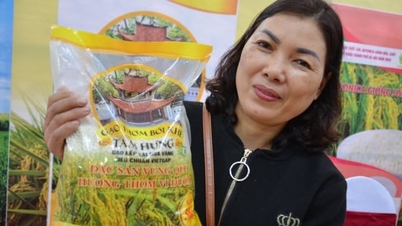

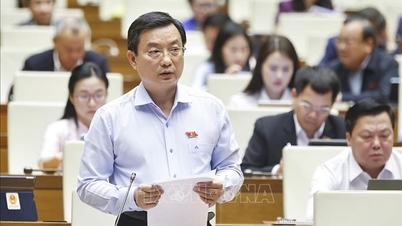
![Dong Nai OCOP transition: [Article 3] Linking tourism with OCOP product consumption](https://vphoto.vietnam.vn/thumb/402x226/vietnam/resource/IMAGE/2025/11/10/1762739199309_1324-2740-7_n-162543_981.jpeg)




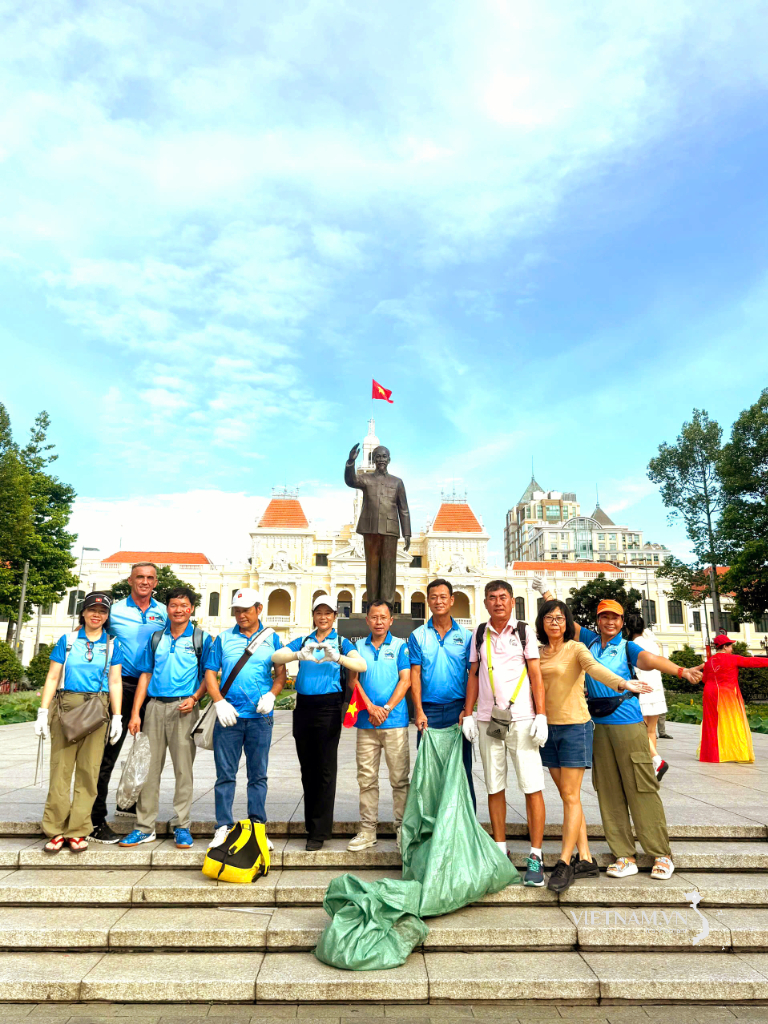
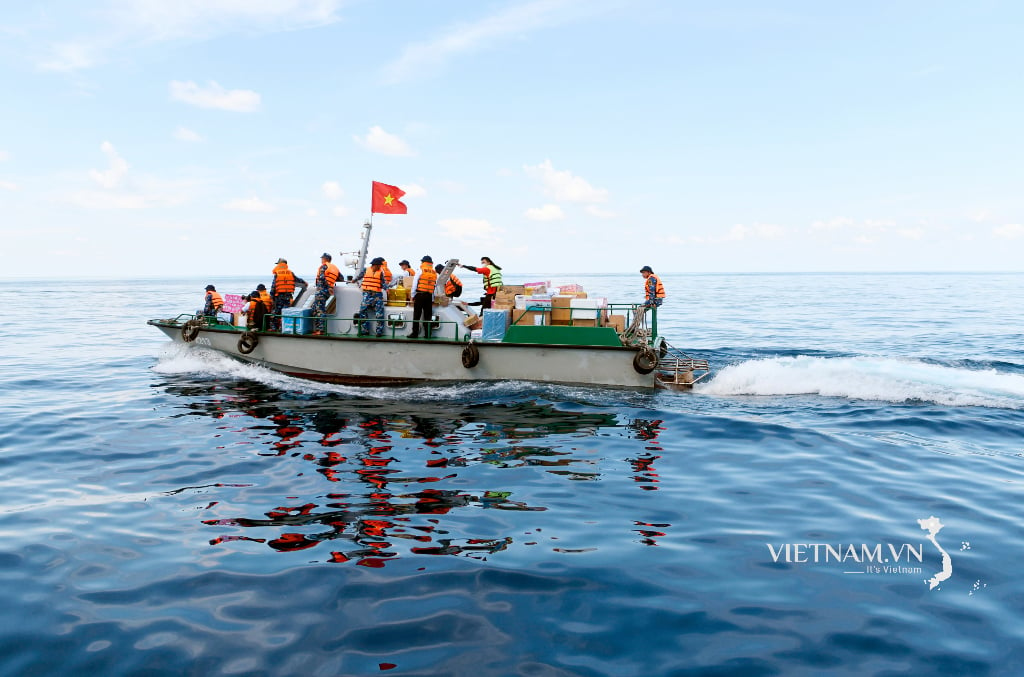

Comment (0)